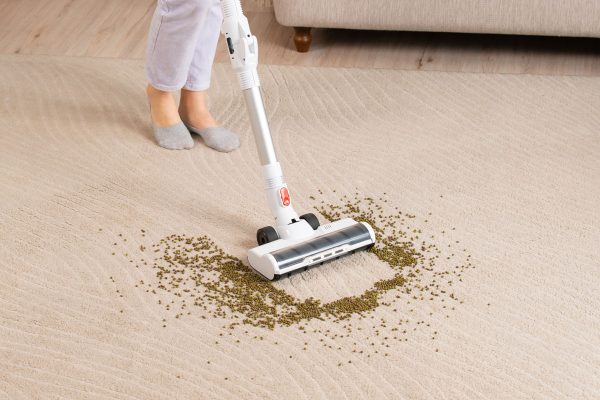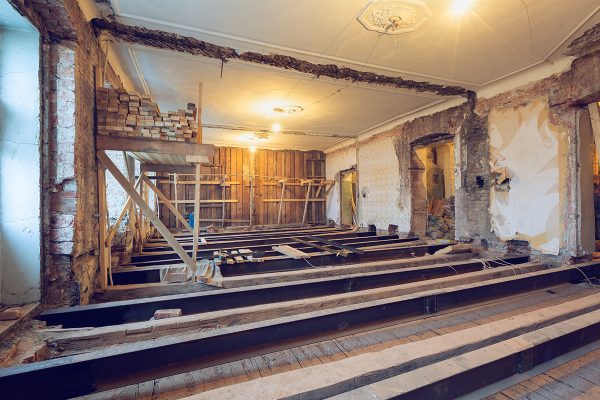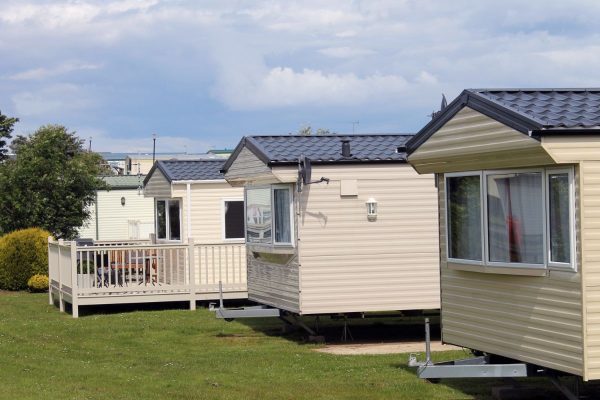The screws per floorboard of your home are important for the longevity and strength of your flooring project. Knowing how many is enough is not always obvious and can sometimes be the subject of debate. In this article, we have researched the average number of screws you need for your home to ensure a quality job.
When directly installing floorboards on a concrete slab, it is recommended to use at least five(5) screws per floorboard that are spaced evenly to give you some flexibility. On the other hand, the number of screws may vary if you're installing floorboards on multiple joints and can go up to 30 screws per floorboard.
In addition to the number of screws needed per floorboard, screw spacing also affects the amount of load that can be placed on the floor joist. We will discuss the advantages and disadvantages of using a particular amount of screws per floorboard and screw spacing as well so read on!
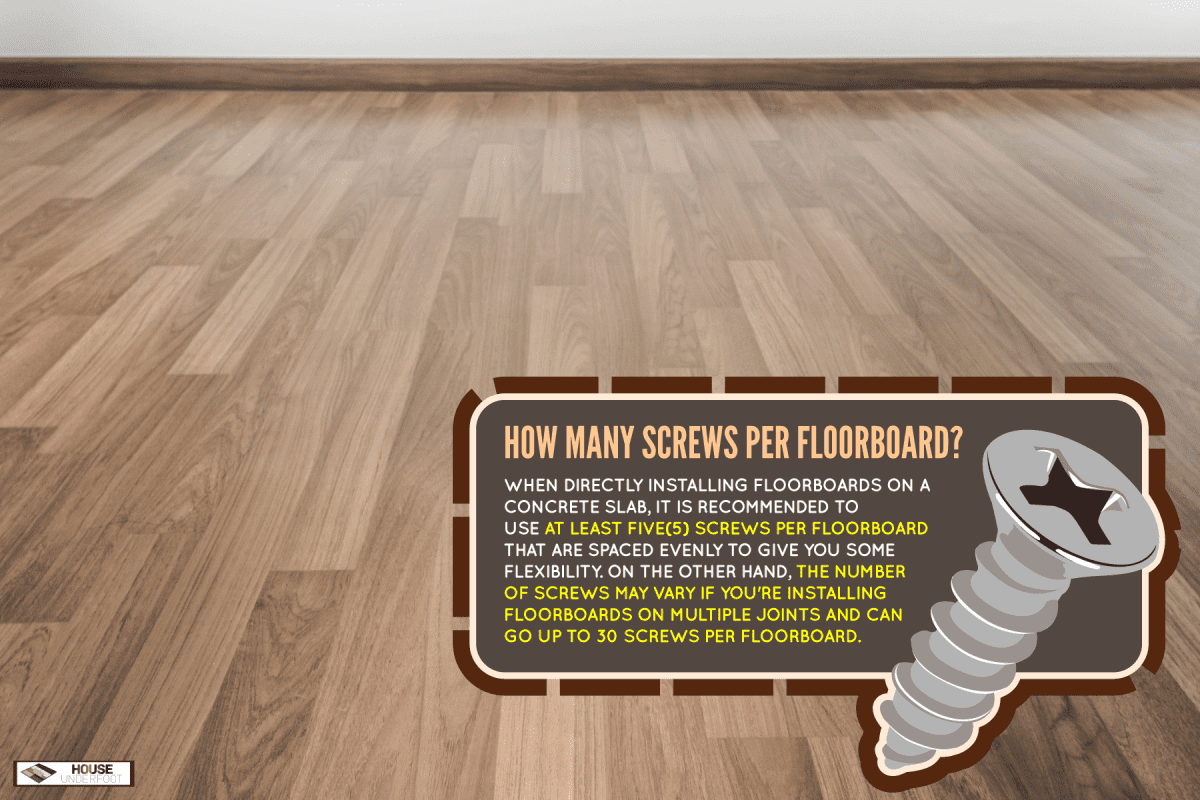
How Is Screw Spacing On Floorboards Calculated?
If you plan to install hardwood flooring, you will need to know how to calculate screw spacing on floorboards. The calculation starts with the number of screws needed for each board. Each board is cut to fit between joists.
The distance between joists is determined by the length of the floorboards. For example, if you have three-foot floorboards, you have the option to have three joists or four joists. The more joists you have, the more stable the floorboards get.
This doesn't mean though that you have to compete with the number of joists your neighbor has. You should be able to tell if the proposed number of joists by your contractor is sufficient enough for your load-bearing requirement.
In addition, the number of screws needed is dependent on the width of your floorboards and the number of joists you have. For example, if you have four joists, you should ideally have three screws spaced evenly for each joist where your floorboard is fixed.
So you'll have a total of 12 screws for each floorboard in this scenario.
The width and thickness of your floorboard may give you the flexibility to add more screws for optimal stability or may restrict you from adding more. More screws on a thin floorboard could cause it to crack.
On the other hand, if your flooring will be directly built on concrete, five screws that are evenly spaced should be sufficient enough to stabilize the floorboards. Always be mindful of the general rules of thumb if you feel the need to add more screws.
Here's a great video showing the basics of calculating even spacing on virtually anything:
What Screws To Use For Floorboards?
You may want to look for ones that are specially made for flooring or even specialty screws that can only be used for a specific flooring application. These flooring screws have a long, smooth shank just like that of an ordinary nail while the other half is threaded.
Choosing the wrong kind of flooring screw can be a costly mistake, not to mention potentially damaging to your flooring. We cannot stress enough how important it is to use quality flooring screws for your floor. Quality flooring screws are made with an extra high grade of metal and are designed to last for years.
While there are many different types of flooring screws, they all have one thing in common: they are designed to attach and fasten wood flooring. The screw is tightened down, which causes the head to compress and tighten against the flooring surface, holding the two pieces of wood securely together.
Check out these flooring screws on Amazon.
What Causes Floorboards To Creak?
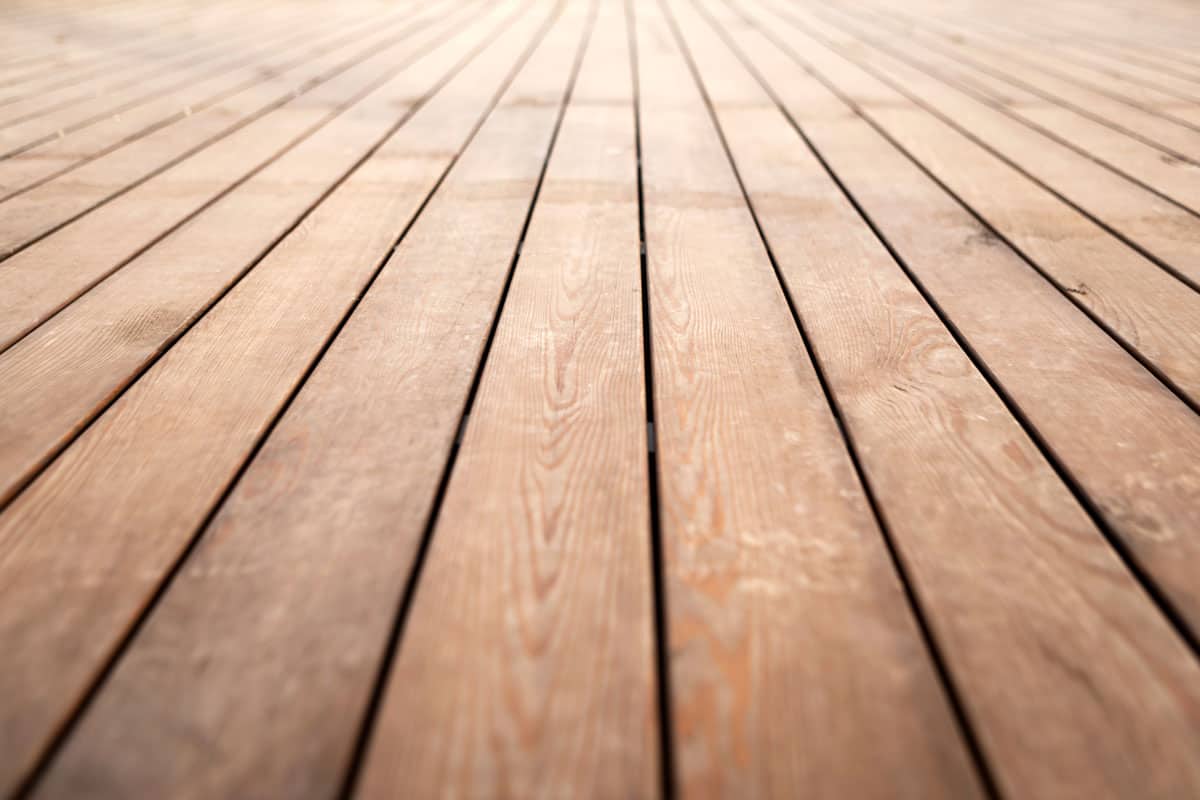
To start, it is important to ensure that your floorboards are not warped. Warping occurs when the floorboard expands and contracts. When this happens, the floorboard begins to sag and move, causing the floor to creak. This can occur due to water damage or even a temperature change.
The next thing you should do is to determine whether the floor is moving. If the floor seems to be sliding or moving under your feet, you should check for loose or missing fixings. You should also check that the floorboards are level and tight against the walls.
If the floor is not moving, you should check for holes in the floorboard. These can be caused by screws that have broken or rusted away, or they could be the result of a screw being driven too deep into the wood.
Why Does My Hardwood Floor Creak Loudly In Winter?
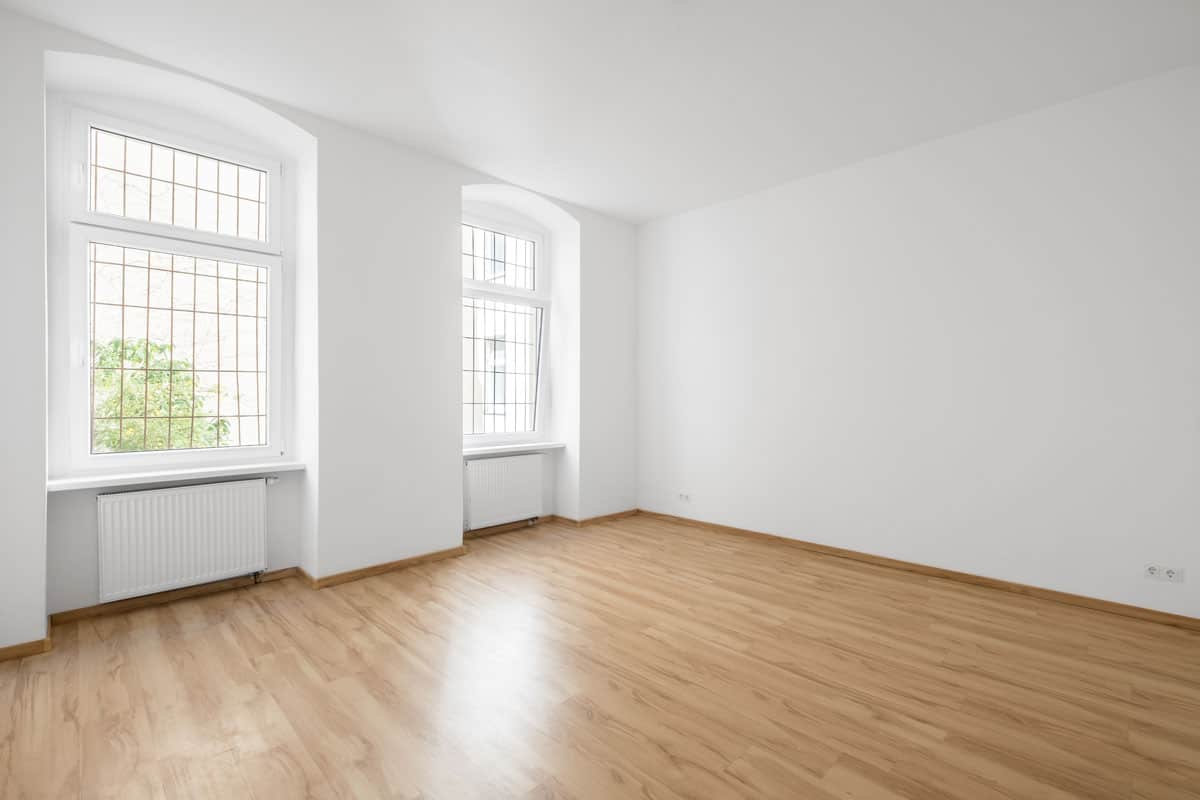
Creaks can be a bothersome noise, especially if you have hardwood flooring. The sound of a floor creaking can occur when the floorboards expand and contract due to the temperature change.
While a floor can't be completely sealed against the cold, the better the floor insulation, the less likely it is to cause floor creaks. This is because insulation helps to retain heat and keep the room warm. As a result, less movement of the floorboard occurs, thus preventing the floor from making any noise.
Is There A Way To Minimize Creaking Floorboards?
Creaking floorboards can be extremely annoying to many people. However, these noises tend to be caused by an issue with the floor itself. When installing the floor, ensure that the subfloor is level.
The subfloor is the material that the floorboards sit on, and if this is not level, the floorboards will not feel solid. If the floorboards are sitting on joists, make sure the joists are not warped and the screws are not loose.
If you find that the floor is not level, you may want to look into getting a professional to correct this problem. Also, ensure that the floors are sealed properly and that they are well maintained. A temporary fix for creaking floorboards would be lubing the floorboards.
Check out this floorboard lubricant on Amazon.
How Do You Prevent Cold Air From Getting Through Floorboards?
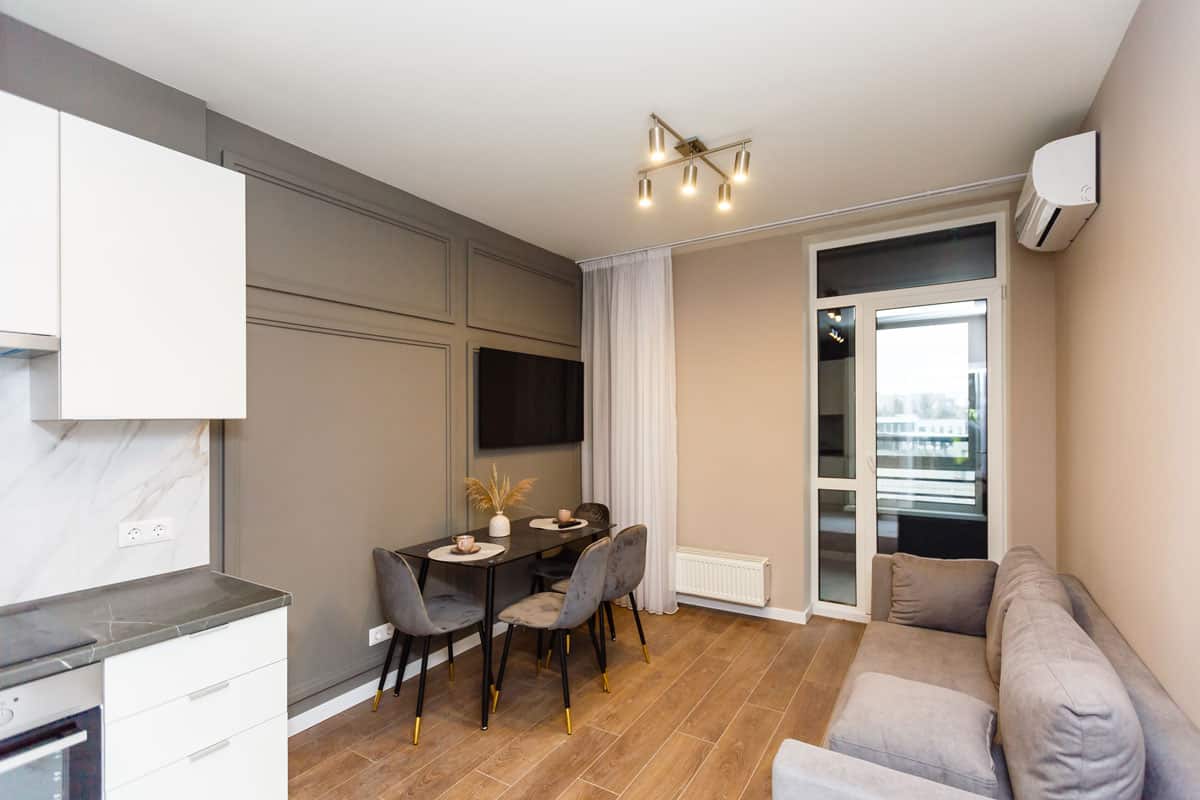
Floorboards are often the culprit when it comes to creating drafts in the home. They're made of wood, which absorbs heat as it gets warmer, and are typically installed with no insulation.
Since floorboards are designed to be porous, they let in more air than they should. If they are not sealed properly, you could create a draft in the home that allows cold air to pass right through the floorboards and enter your home.
To prevent this, you can seal the floorboards. It can be done by using clear epoxy resin or other products.
Click here to see this clear epoxy resin on Amazon.
There are also insulation foils available that you can install between floorboards to help prevent condensation and air from passing through.
Check out this insulation foil on Amazon.
What Is The Ideal Thickness For Hardwood Flooring?
The thickness of your floorboard material is a determinant of the stability of your flooring project. The majority of hardwood flooring is sold in either 5/16 inches or 3/4 inch thicknesses.
For most homeowners, the thickness of their flooring is dependent on personal preference and the available budget. If you're just looking to create a new look for your home, consider choosing a thinner flooring material to create the illusion of depth.
A flooring that's too thick can also feel overly heavy or be difficult to move around during installation.
Further, hardwood floors are considered a timeless style choice that can add years to a home. As such, it is important to take into account the lifespan of the flooring and what type of wood is being used.
For example, if your home has a newer construction, you can opt for a thicker hardwood floor. This is because hardwoods like maple and oak can stand the test of time better than other types of flooring.
On the other hand, if you plan to move soon, then you may want to opt for thinner, lighter wood.
Is A Wider Hardwood Better For Flooring?
If you're looking to make the most out of your hardwood floors, then the width should be your primary concern. A narrow plank will cover less ground, which can lead to the floor being exposed to more moisture and wear than if it was wider.
This is because a narrow plank will mean more seams, and more seams mean more gaps where moisture can get in and start to damage the wood from the inside.

How Long Will A Hardwood Flooring Last?
On average, a hardwood floor will last for about 30 years. However, it is important to note that this will vary from floor to floor depending on the type of flooring and the amount of wear and tear that the floor sustains.
Generally speaking, the life expectancy of a wooden floor will depend on how it is treated. If you apply sealant regularly, then the wood can be expected to last longer than if you fail to seal it regularly.
Hardwood floors are durable, but that doesn't mean that they're indestructible. Just like any other surface in your home, hardwood floors can be damaged by moisture.
For this reason, it is important to keep your hardwood floors clean and dry to extend their lifespan. As a general rule, wood floors should be cleaned after each spill and mopped once a week.
In Closing
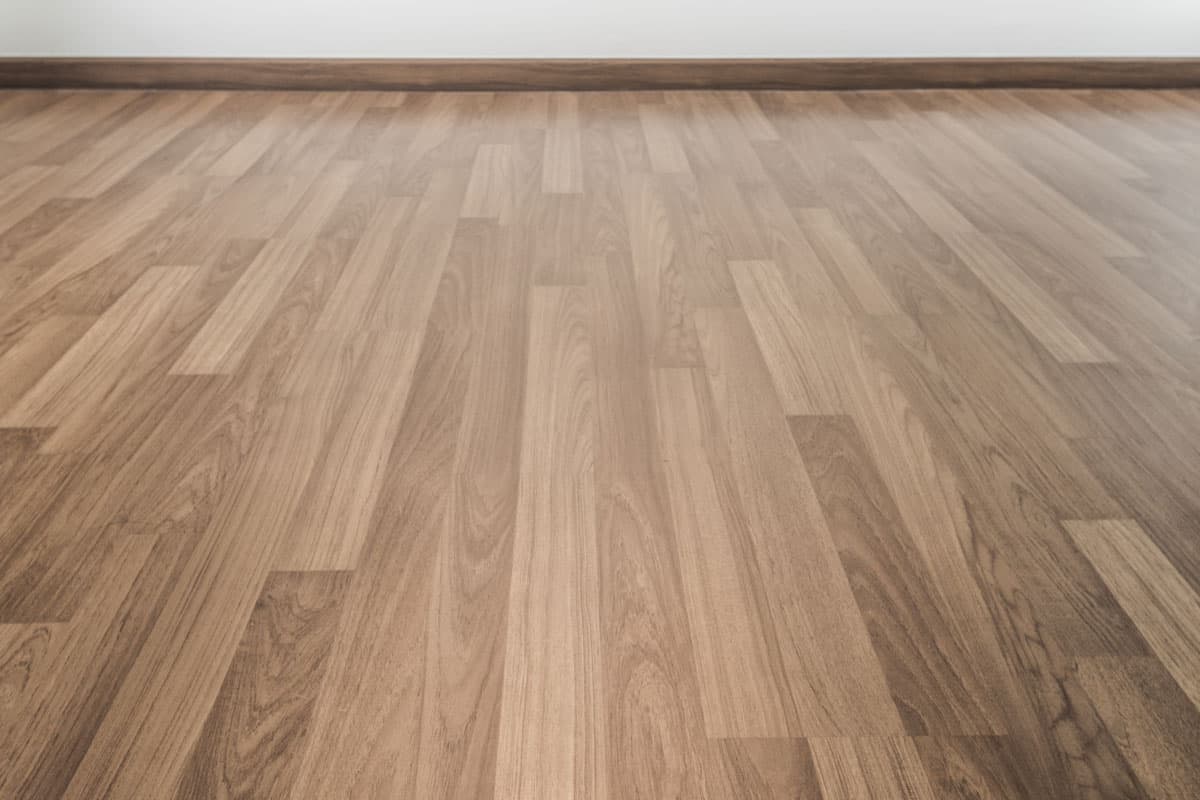
The best way to determine which spacing is best for your flooring is to make an accurate measurement of the floor joists. This will allow you to determine the number of screws required for each floorboard. Then you can choose the best spacing for the flooring.
For more great tips on hardwood flooring, check out our related posts:





